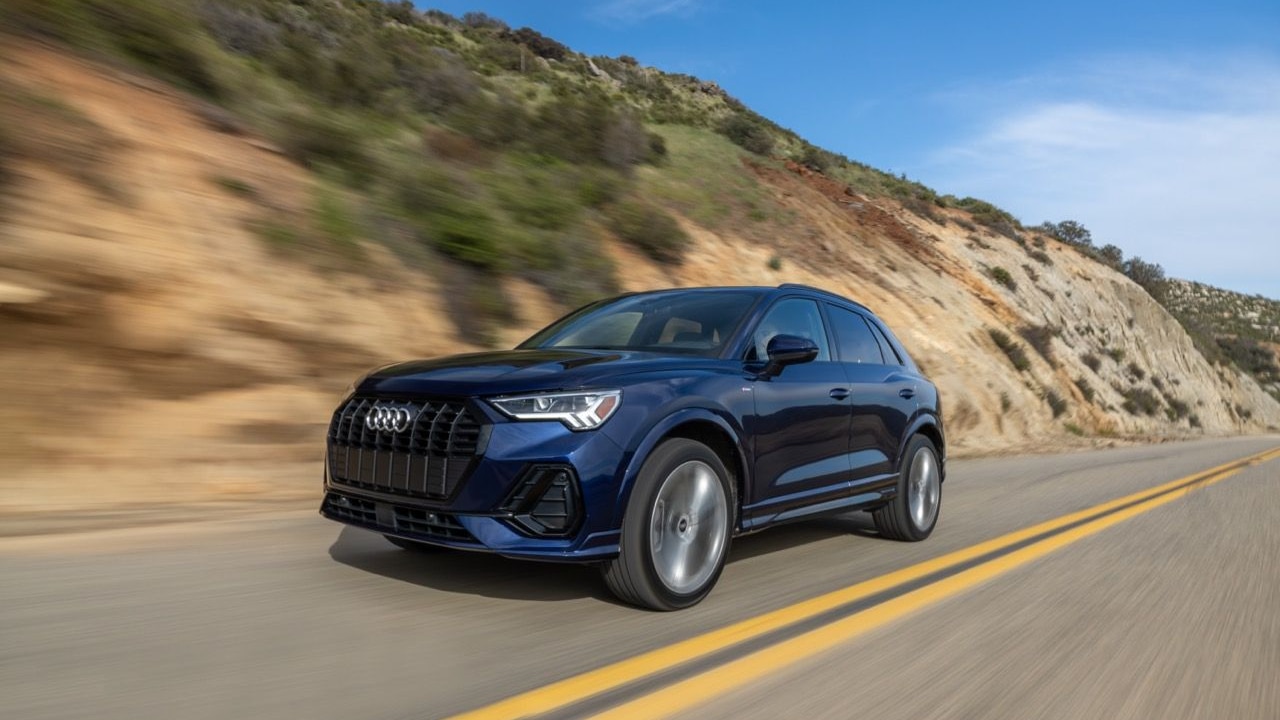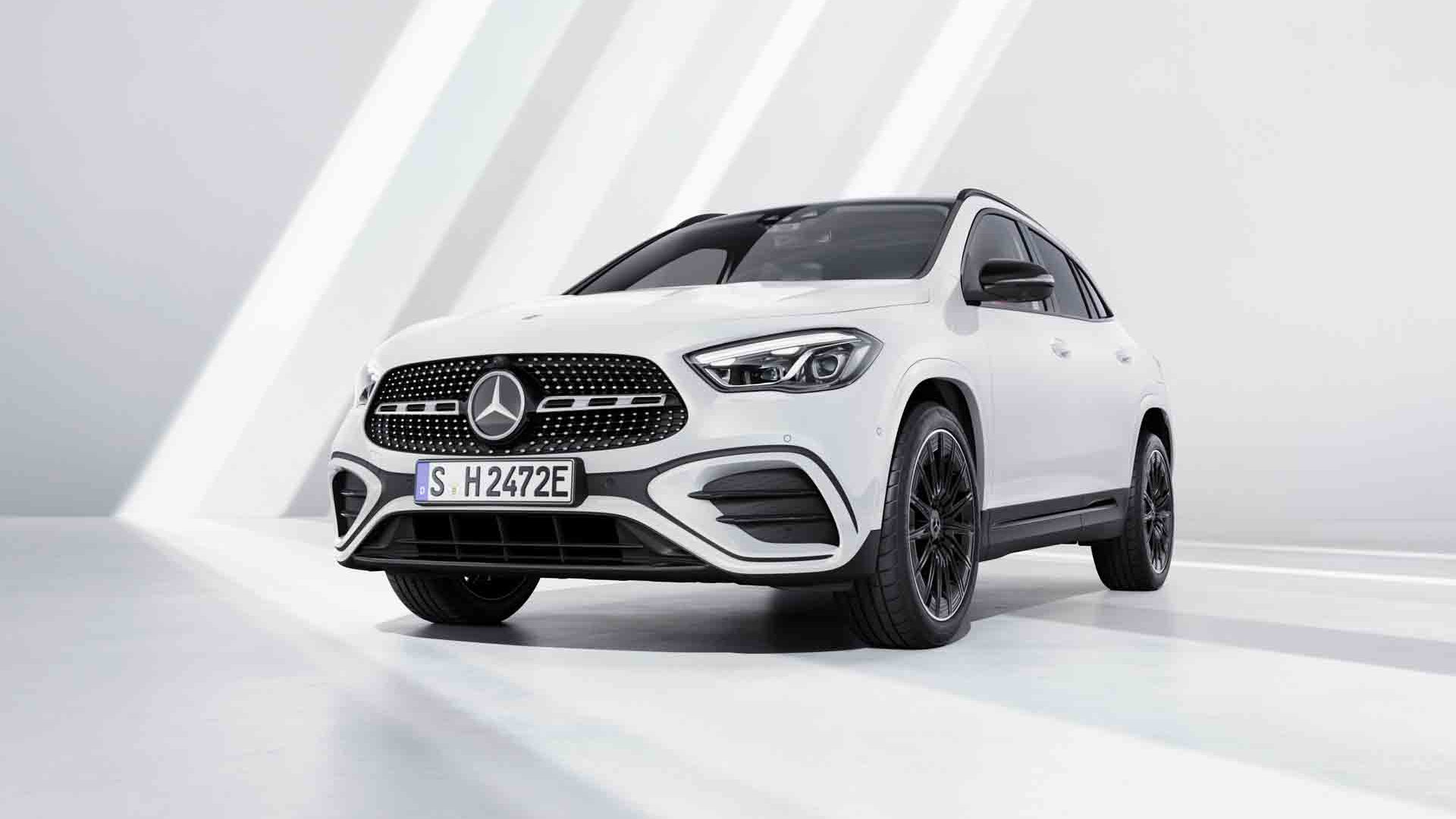BMW’s second-generation X1 is a huge improvement over its predecessor, if you can look past its front-wheel-drive shortcomings.
It’s currently offered with only one powertrain in the United States—a turbocharged 2.0-liter inline-4—but more are coming, including possibly a plug-in hybrid option that BMW has announced for the Chinese market.
Unveiled on Friday at the 2016 Chengdu auto show, the new X1 xDrive25Le iPerformance features the same plug-in hybrid system for compact cars that BMW offers in the 2-Series Active Tourer sold overseas (shown below).
ALSO SEE: Volvo to bring S90L to the States
A turbocharged 1.5-liter inline-3 drives the front wheels while an electric motor drives the rear pair. In this configuration, the two power sources form a “through-the-road” hybrid all-wheel-drive system. Peak output is 221 horsepower and 284 pound-feet, which enables 0-62 mph acceleration in 7.4 seconds.

2016 BMW 225xe
A 10.7-kilowatt-hour lithium-ion battery sits in the center of the vehicle and provides an electric range of approximately 37 miles. It takes less than 3 hours to charge to 80 percent using a 220-volt outlet. When on the run it can be topped up by recovering brake energy or drawing energy from the internal combustion engine. With the battery fully charged and the fuel tank filled, BMW estimates total range to be 391 miles, though this will depend on the styling of driving.
Due to the electric drive system designed to sit entirely under the floor, there is virtually no space taken up in the cabin. Note, the vehicle currently features the body of the long-wheelbase X1 offered exclusively in China.
The X1 xDrive25Le iPerformance also comes with the BMW ConnectedDrive infotainment system which includes a My BMW Remote app that enables you to monitor the vehicle from your smartphone. You can even switch on the climate control settings prior to reaching the vehicle.
BMW is yet to announce the plug-in hybrid option for the X1 in any markets other than China, though we expect it to be offered in more markets, including the United States, eventually.



